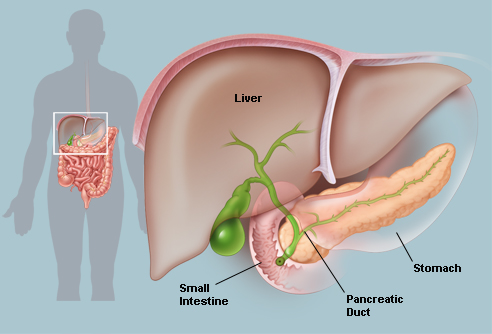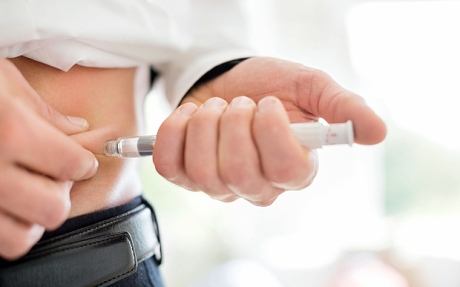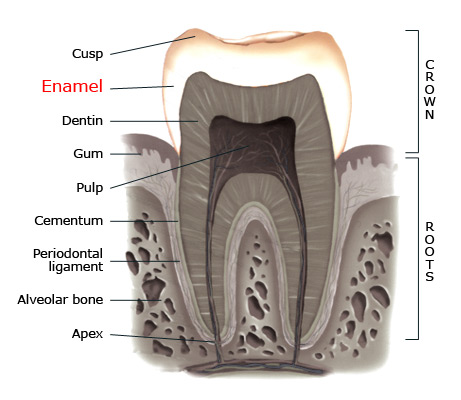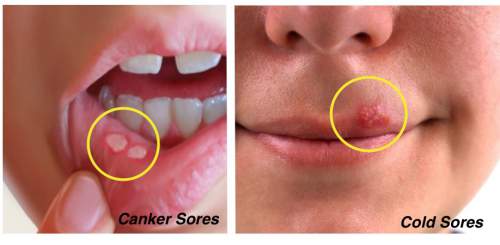In case you don’t know, October is the Breast Cancer Awareness month – an annual worldwide campaign to educate people about breast cancer. During this month, different websites advocate for raising awareness and funds for breast cancer research. For instance, in the UK, wearitpink.org will hold this event “Get Pinky” on the 23 October where everybody is donned is pink. The website also provides ideas on how you could get pink, get educated and possibly, contribute to a fantastic cause.
In another web site – the National Breast Cancer Foundation INC., talks about how many people may be aware of breast cancer but forget to plan out steps along the way to detect the diseases as well as treating them and spreading encouragement. This web site is founded by Janelle Hail in 1991 where she herself survived breast cancer. From then on, Janelle has made it her personal mission to educate other women about this pernicious disease.
Not to mention, here are several web sites that support this campaign – American Cancer Society, Singapore Cancer Society, National Cancer Institute, and many more.
Without further ado, let’s stop the talking and begin educating.
Overview
In females, the breast is made up of glands called lobules that can produce milk when stimulated with the right hormones. Ducts that run from these lobules which convened at the nipple carries the milk. Generally, breast tissue contains fats (approximately 75%) and fibroglandular tissues (less than 25%). In addition, breast tissues consist of lymph nodes and blood vessels.
Similarly, in males, the breast sits atop the pectoralis muscles which extends horizontally from the edge of the sternum (the bone in the middle of your chest) out to the midaxillary (center of the under arm) line. Also, there is a tail of breast tissue called the ”axillary tail of Spence” that extends into the axilla (underarm).
The only differences between the male and the female breast is that male breast tissue lacks the specialized lobules since there is no physiologic need for milk production.

Anatomy of male and female breast
So, why do males have breast?
If you are curious why males have breast when physiologically, there is no need for milk production, then here’s why.
The human fetal blueprint is initially female. This might confuse you for awhile, but keep reading.
Shortly after fertilization, the cells starts to split. As time passes, the number of cells increases at an exponential rate until a ball of cells forms. At five weeks of gestation, the neural tube slowly develops into a spine and by the sixth week, the outlines of several features (such as the arms, legs) appear.
Also, at the sixth week, the fetus begins to take on the biological accouterments of gender. If the fetus has the Y chromosomes, testosterone will stimulate the development of the male sexual organs. Since Y chromosomes account for the presence of testosterone in fetal development, females fetuses stick to their original blueprint and develop the female sexual organs.
However, before all these development of the sexual organs, all fetuses have breast and nipples developed. In other words, all fetuses, regardless of sex, will have breast and nipples.
The only difference between both sex is that the spike in female hormones during puberty results in the breast ducts to grow. Also, lobules begin to develop.
What is cancer?
To put it simply, cancer is when abnormal cells start to grow without control and invade other tissue over time. Cancer can spread through the blood and the lymphatic system.

A schematic to demonstrate how cancer grows
Breast cancer
Breast cancer, as the name suggest, affects the breast. Usually, cancer starts off in the inner lining of milk ducts or lobules known as ductal carcinoma and lobular carcinoma respectively. The majority of breast cancer occur in females, with over 200,000 new cases diagnosed yearly in the United States alone. This disease rarely occurs in men, adolescents, and children. Breast cancer have many different subtypes and treatment options varies.
Causes
Experts are not definitively sure of the causes behind breast cancer. However, based on certain risk factors, one can determine the likelihood of developing breast cancer.
1. Age – Getting older
Age is a risk factor. The older a woman, the higher the chances of getting breast cancer. Over 80% of all female breast cancers occur in women above 50 years old.
2. Genetics
Women with family members or relative with breast or ovarian cancer are more likely to develop the disease. Especially those women who inherited the BRCA1 and BRCA2 genes. Another gene, TP53, is also linked to higher risk for breast cancer.
3. Estrogen exposure
Precocious women have a greater chance of developing breast cancer due to earlier, and longer, exposure to estrogen. A female hormone that is required for the normal functioning of the reproductive system.
4. Obesity
Similarly to pointer 3, there higher levels of estrogen in obese menopausal women sharply increases the risk of developing breast cancer.
Symptoms
The most common symptom is when a lump or mass have been noticed in the breast or the axilla. Changes to the breast skin or nipples are also signs of breast cancer. However, the presence of lumps should never be assumed as cancerous because benign lesions such as fibroadenomas or cysts can also result in lumps.

Signs of breast cancer
Diagnosis
There are several diagnostic test one can do to check for symptoms of breast cancer.
Firstly, a breast examination will be conducted by the physician to detect the presence of lumps and other abnormalities (refer to diagram). If a physician discovers anything unusual, he will recommend a mammogram.

Types of breast anomalies
A mammogram is a diagnostic imaging that screens for radiographical abnormalities. In addition, other forms of screening could be utilized – magnetic resonance imaging or ultrasound. Once an abnormality is detected, a biopsy will be performed to determine if the cancer is benign or malignant.

What happens during a mammogram

This is how biopsy results look like
Statistics
Below are several posters taken from the various breast cancer awareness websites.

Statistics taken from Complementary Prescription Statistics taken from Pfizer pharmaceutical company
Statistics taken from Pfizer pharmaceutical company

Statistics taken from National Cancer Registry Ireland
Treatment
Main options may include radiation therapy, chemotherapy or surgery. There are several factors the healthcare team will need to make before establishing the treatment method. Surgically, one may need to remove the lump, a process known as lumpectomy, while retaining the healthy tissues. However, if requires, the whole breast might be removed by a process called mastectomy. Sometimes, the lymph nodes in the axillary region will have to be removed to prevent the metastasizing of the cancer cells.
However, with each treatment, there will be side effects that can be tough to pull through. Your healthcare team should also introduce you to your available treatment options and help you choose the right treatment option for you. One might find mastectomy useful, but others might find it otherwise. Hence, you should sound off to your physician should there be any concerns.
Prevention
Zinc test for early breast cancer
A new study suggests it may be possible to detect early signs of breast cancer with a test that measures changes in zinc isotopes and could be used as a biomarker. This research is led by scientists from the University of Oxford in the UK.
According to this research, tumor cells causes subtle changes in zinc isotopes. In a study of 10 people – 5 healthy personnel and 5 with breast cancer, those with breast cancer had a significantly lighter zinc isotopic composition compared to those healthy controls. The team has also discovered that sulfur-rich proteins play a key role in the usage of zinc by the cancer cells.
Studies are still undergoing and eventually when further research confirms the effectiveness of using zinc as a biomarker, detection at early stages of breast cancer would be possible.
Mammography
Mammography is the standard test for breast cancer and studies showed that mammography is best for reducing breast cancer mortality in women aged over 50. The International Agency for Research on Cancer (IARC) previously stated in 2002 that using mammography as sole means of screening reduces the mortality of breast cancers significantly.
Recent researches conducted in the subsequent years concluded that mammography screenings effective. In a particular experiment, data obtained from around 20 cohort and 20 case studies conducted indicate that women aged 50-69 who underwent mammography screening had a breast cancer mortality around 40% lower than those who did not. However, the efficacy of mammography screening among women aged 40-49 is considered to have limited effects.
Fish oils help to reduce breast cancer risk
A study published in BMJ found that women who had higher levels of n-3 polyunsaturated fatty acids had a 14% lower risk of developing breast cancer. The authors from Zhejiang University, China recommended eating 1 or 2 portions of oily fishes (tuna, salmon, etc) per week. You can read more here.
Physical exercise
Researchers from the University of North Carolina Gillings School of Global Public Health in Chapel Hill reported that exercising five days a week has been shown to reduce a woman’s risk of developing breast cancer.
And this is why you should exercise. Exercising keeps many diseases at bay.
Now that you are equipped with a better apprehension of breast cancer, do spread the awareness and keep the knowledge alive! You will never know how this shared information could save someone else’s life.
Sources
John Hopkins Medicine – Breast Caner and Breast Pathology
Live Science – Why Men have Breasts
Medical News today




















You must be logged in to post a comment.